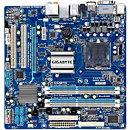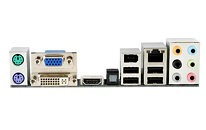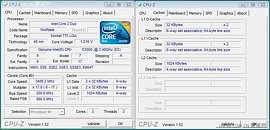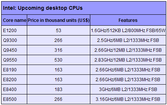
Intel Prepares to Phase Out Six Entry-Level CPUs
Intel is preparing to phase out six entry-level mobile processor models across its Core i3, Pentium, and Celeron brands. The phase-out is part of Intel's natural product development cycle, as scores of new processor models will be introduced this year. Intel announced the phase-out of the following six models in its latest product change notification: Celeron P4600 (PGA988, 2.00 GHz); Pentium P6100, P6200, P6300 (2.00, 2.13, 2.20 GHz, respectively); Core i3-370M, i3-390M (2.13, 2.20 GHz, respectively).
The PCN mentions that customers can continue to place orders for these chips with the option to cancel orders, till 10/16/2012, beyond which orders can't be cancelled, the last shipments of these chips will be out in 2013.
The PCN mentions that customers can continue to place orders for these chips with the option to cancel orders, till 10/16/2012, beyond which orders can't be cancelled, the last shipments of these chips will be out in 2013.














